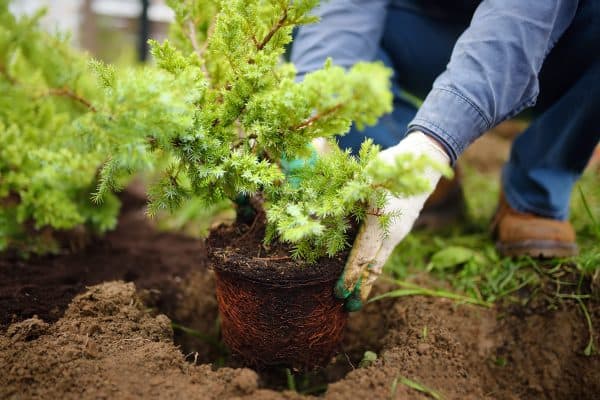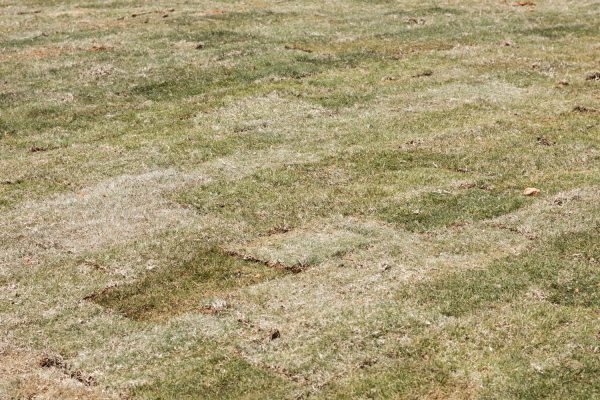Perennials are beautiful landscape features that can give long-term visual interest. These plants are ideal in any section of your landscape, but they are especially an excellent choice around house foundations.
This is because it’s inevitable to have unattractive spots near the foundation, and plants can make a beautiful visual impact. Shrubs are the common choice for foundation plants, but there are other options you can explore.
Newer houses often incorporate corner and entryway landscaping that emphasizes the exterior outline and softens the siding's look, regardless of whether they are attractive or not.
Corner landscaping creates symmetry and proportion around the house. Creating balance is key to achieving the ideal proportions.
Entryway plantings can make your home feel more welcoming by accentuating the front door and porch.
For example, tall houses can be balanced out by dwarf trees that spread out their branches. Taller shrubs and trees lead the eyes upward, creating the illusion of height for shorter houses.
If you live in an area in which the weather makes the soil consistently damp, you will need perennial plants that can absorb moisture well. We have gathered 15 gorgeous perennials that can both make your landscape beautiful and absorb water to avoid erosion.
![Caucasian Gardener Planting New Flowers in the Backyard Garden. 15 Perennials That Absorb Water [Incredible Choices For Foundation Landscaping]](https://landscapingbase.com/wp-content/uploads/2022/09/Caucasian-Gardener-Planting-New-Flowers-in-the-Backyard-Garden.-15-Perennials-That-Absorb-Water-1200x800.png)
1.Marsh Marigold
Marsh marigolds are attractive perennials that grow vibrant yellow flowers, effectively making your entryway look more inviting.
If you have raised concrete around your foundation, these perennials will shield the unattractive spots on the foundation and distract the viewer’s eyes away from the foundation's flaws.

Even if they don’t have a lot of flowers, the foliage can still make the surrounding landscape look refreshing.
These perennials are hardy in USDA Zones 3-7.
2. Hardy Hibiscus
Hibiscus flowers are beautiful perennials that are also known for their ability to absorb water well, earning the name ”Swamp Rose Mallow.”
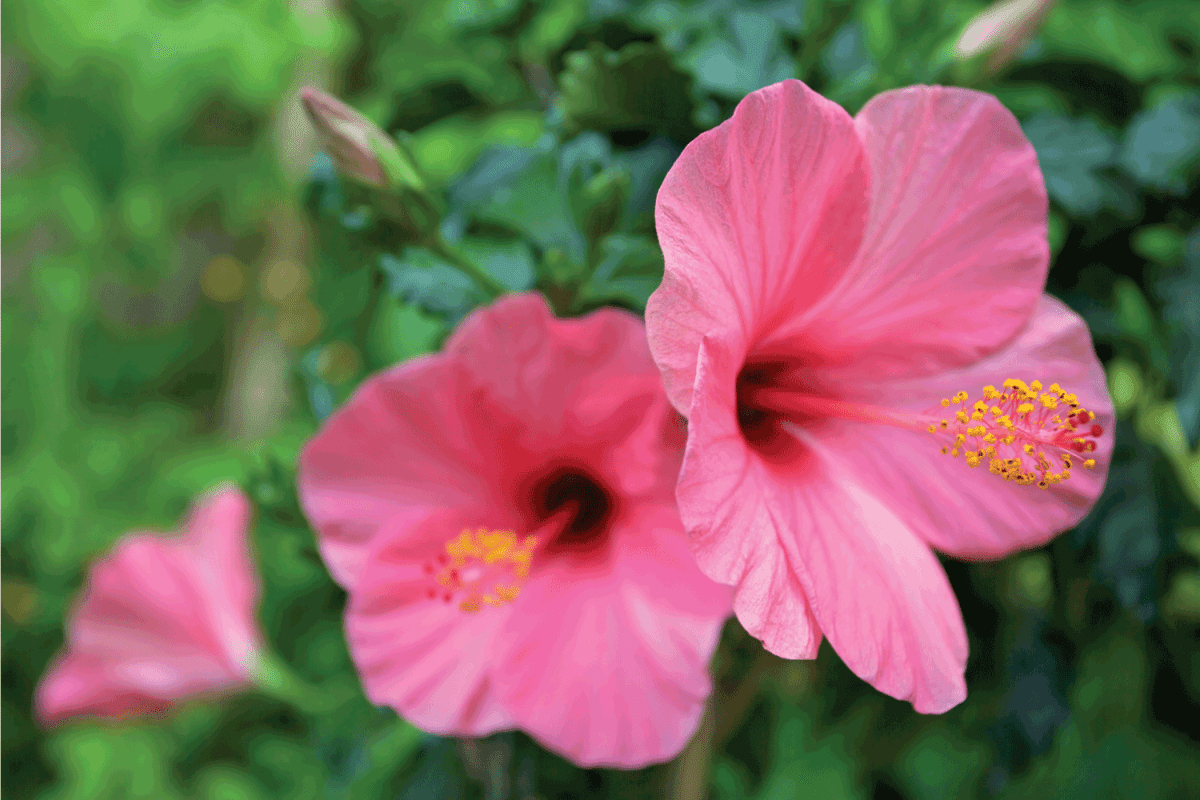
They have a seasonal interest during the summer and fall as they can produce colorful blooms that range from white to pink and red.
They require full sunlight so they can develop showy, bright flowers making your landscape look like a tropical paradise.
3. Cardinal Flower
Cardinal flowers are tall perennials that can add height to your house if that’s your preference. They can produce large trumpet-shaped blooms that inject vibrance into your landscape.
Aside from aesthetic appeal, Cardinal Flowers are also excellent for your garden’s ecosystem as they attract useful insects such as butterflies and hummingbirds.
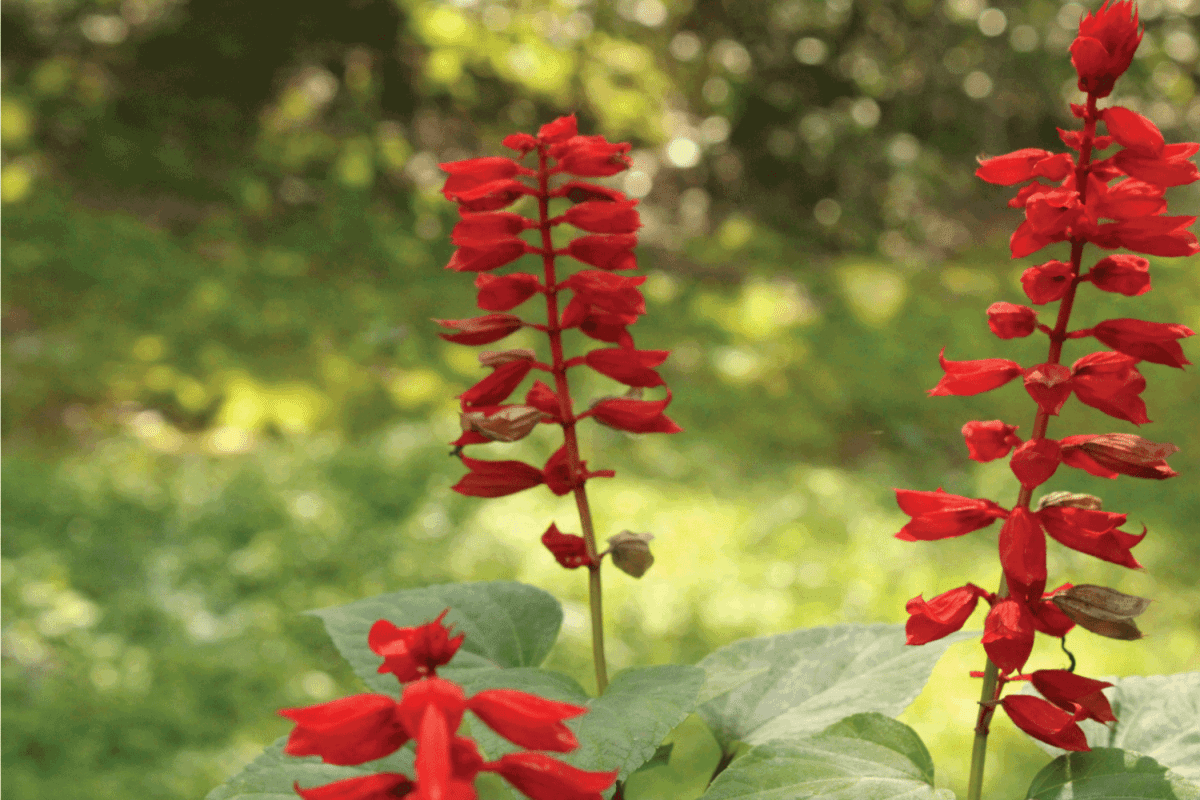
Although they absorb a lot of water, make sure you still plant them in well-draining soil. Many fertilizer types could also help them absorb a lot of water.
If you are experiencing long periods of drought, you will need to water your cardinal flowers more frequently to prevent the soil from drying out.
During the summer, if taken care of properly, the flowers will emerge.
4. Royal Fern
Royal ferns are one of the ideal plants to put near your foundation since they satisfy both aesthetic appeal and functionality.
These perennials are known for their texture which adds character to the landscape, and their refreshing green foliage which turns into deep russet during the fall.
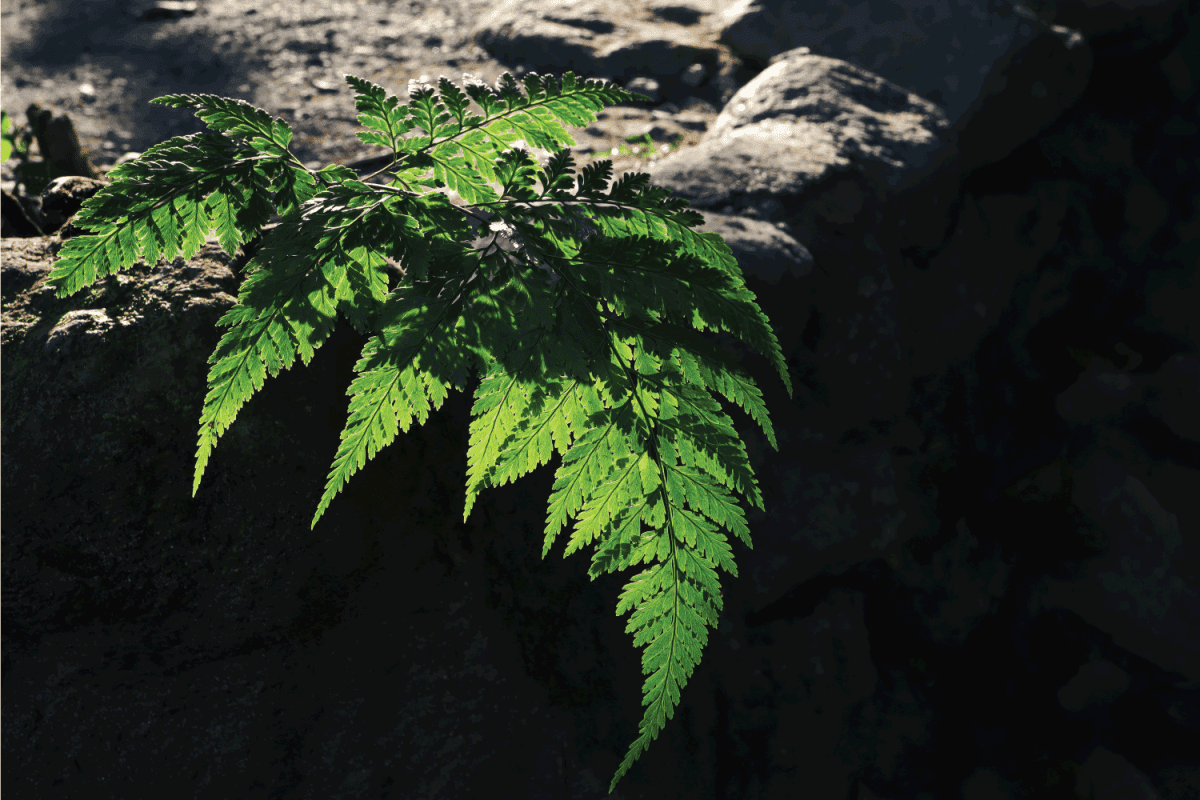
Make sure to plant them in well-draining soil. They can survive full sunlight to full shade, making them relatively low maintenance.
They absorb water quite well, and they are hardy in USDA zones 3-10.
5. Finger-leaf Rodger’s Flower
The finger-leaf Rodger’s flowers are known for their ability to absorb water well, making them a popular choice for bog gardens. However, you can also plant them near your foundation as their unique blooms can give character to your entryway or corner landscape.
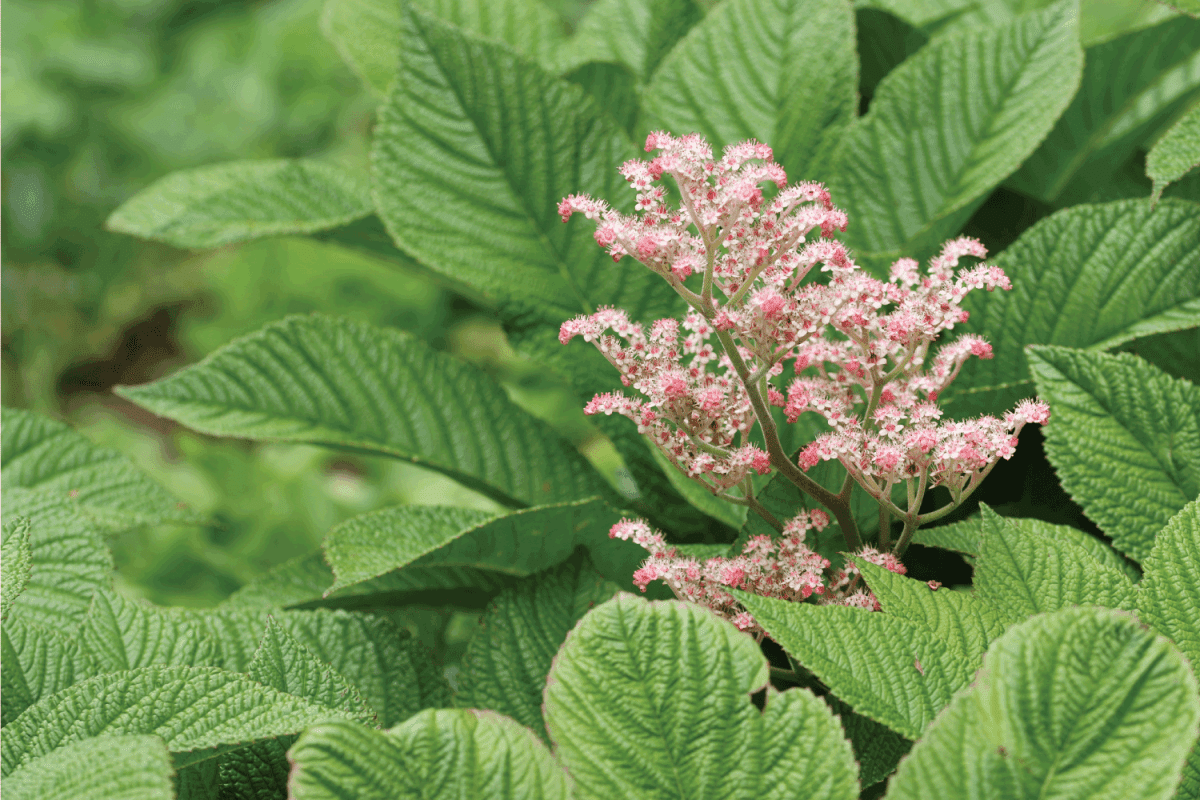
Make sure to plant them in slightly-acidic soil with partial access to sunlight so they can thrive properly. Note that they can attract snails and slugs, so make sure to apply repellents so they won’t eat the leaves.
These perennials are hardy in USDA zone 3.
6. Leopard’s Bane
Leopard’s banes are wonderful perennials that can produce vibrant yellow blooms that appear during the spring.
Unlike other flowering plants that require full sunlight in order to bloom, this perennial can thrive and grow flowers even when it only has partial access to sunlight.
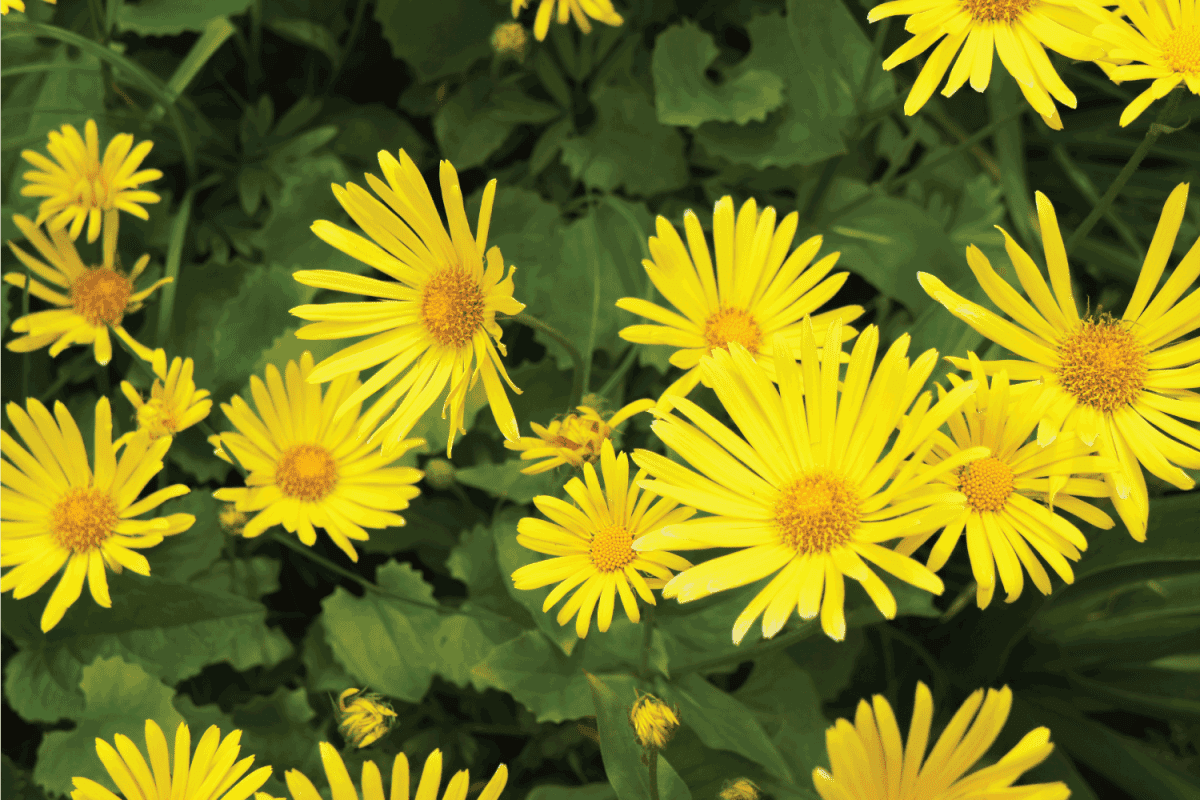
Since they like to absorb a lot of water, these plants can’t handle periods of drought. If a heat wave comes, you will need to supplement their moisture by watering them more often.
Make sure to plant them in moist but well-draining soil. They are hardy in USDA zones 4 through 7.
7. Spicebush
Spicebushes are wide-growing shrubs that can add texture and visual appeal to your landscape. They can grow under a variety of sunlight access, so you won’t necessarily have to worry about where to plant them.
Aside from their aesthetic appeal, they are also known for their resistance to various pests and diseases. However, they attract useful insects such as butterflies, improving your garden’s ecosystem.
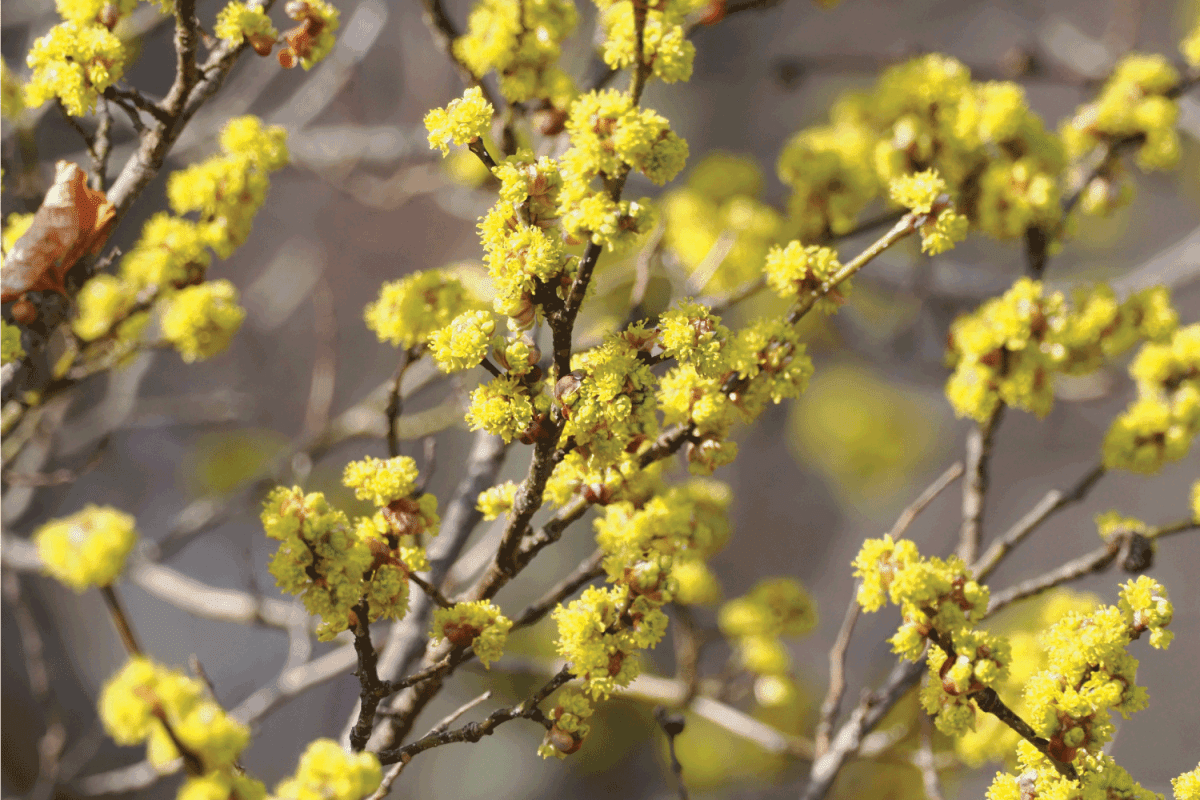
They have evergreen foliage that can grow yellow-green flowers, adding vibrance to your landscape.
They are ideal for corner foundation landscaping since they can spread up to 13 feet, softening your corner’s outline.
These plants are best grown in USDA zones 4 to 9.
8. Daylily
These colorful perennials can make your home look more inviting, especially during the summer when their dainty yellow flowers start to show.
You can start growing them even if you’re just a beginner since they are relatively low-maintenance. They absorb a lot of water, so it is best to water them regularly.
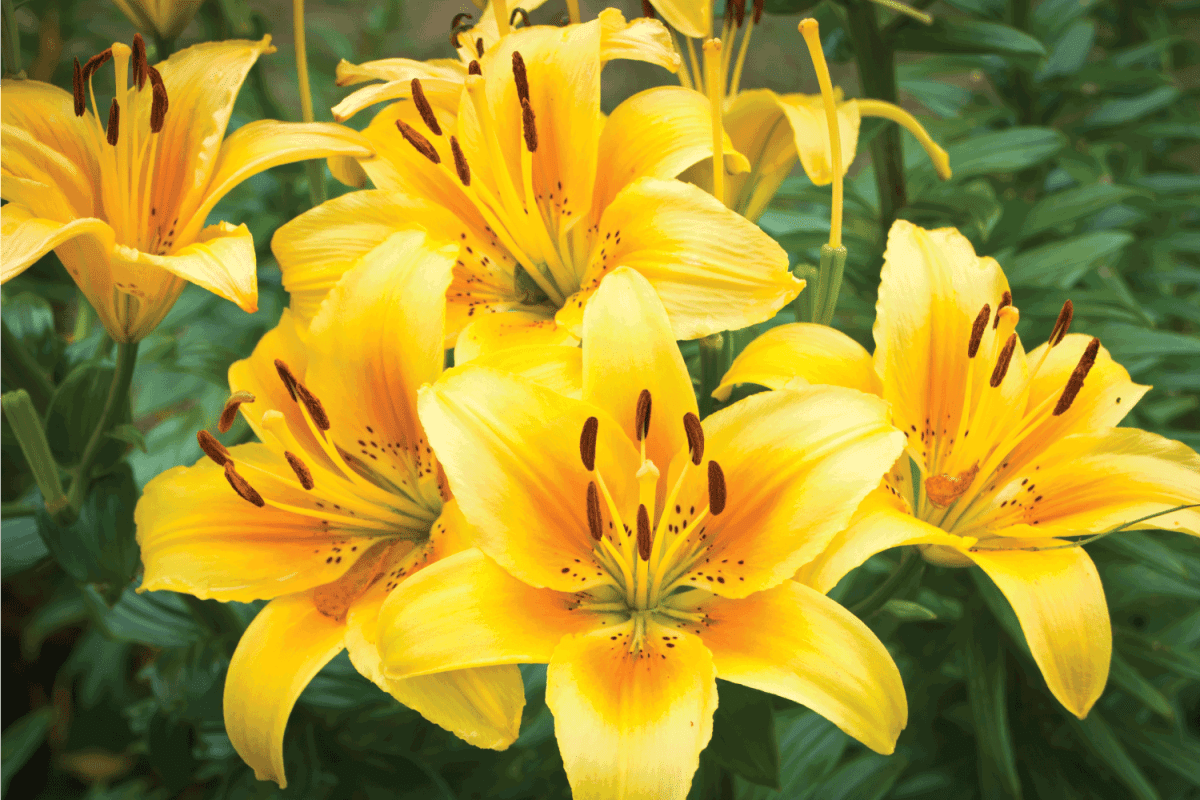
Plant them in locations with full sunlight access so they can thrive well. Compost the soil, injecting it with a lot of nutrients, as well as improving drainage to keep the soil moist.
These perennials thrive under USDA zones 4 through 9.
9. Inkberry
The perennial varieties of inkberry provide year-round appeal to your landscape. They are relatively low-maintenance, so you can grow them even when you’re just beginning to take care of plants.
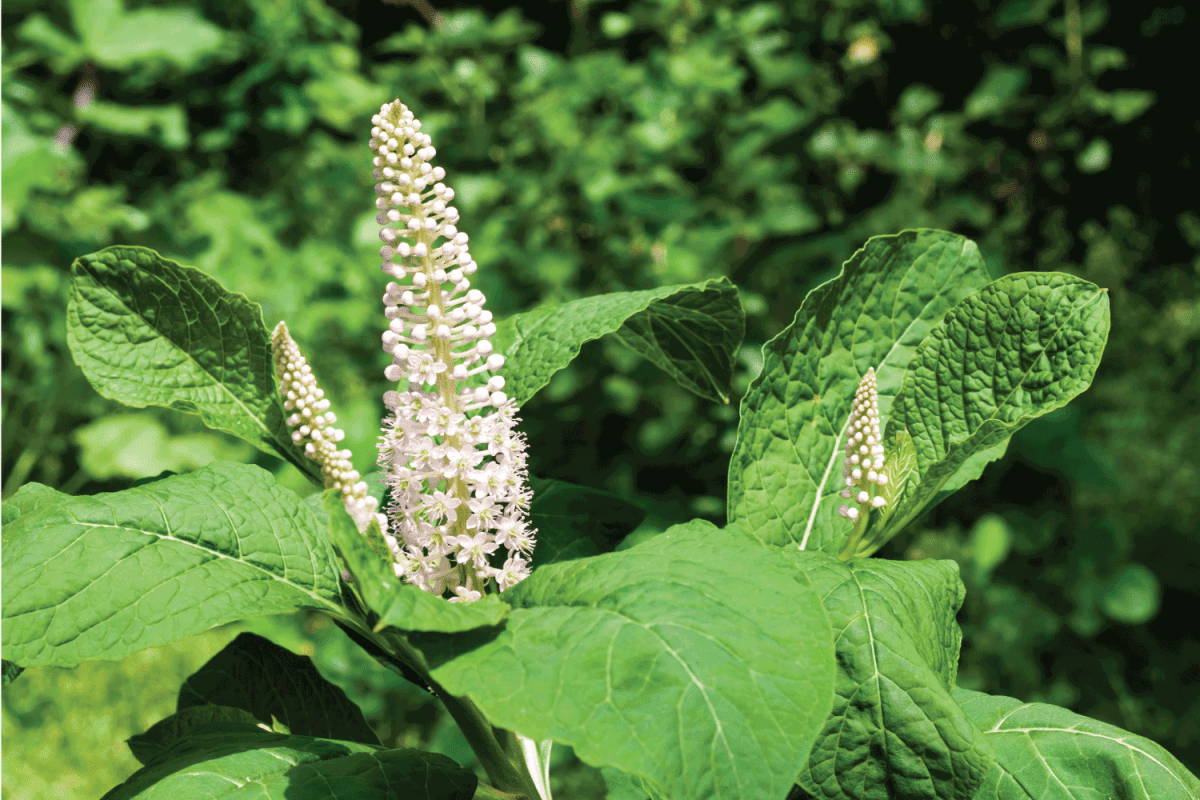
Inkberries have thick leaves with a unique leather texture which adds character to your foundation landscape.
These plants thrive in USDA zones 4 through 10.
10. Purple Coneflower
Purple coneflowers are attractive perennials known for their lovely purple blooms, which are their namesake. They attract a lot of useful insects that can improve your garden’s ecosystem such as butterflies and honeybees.
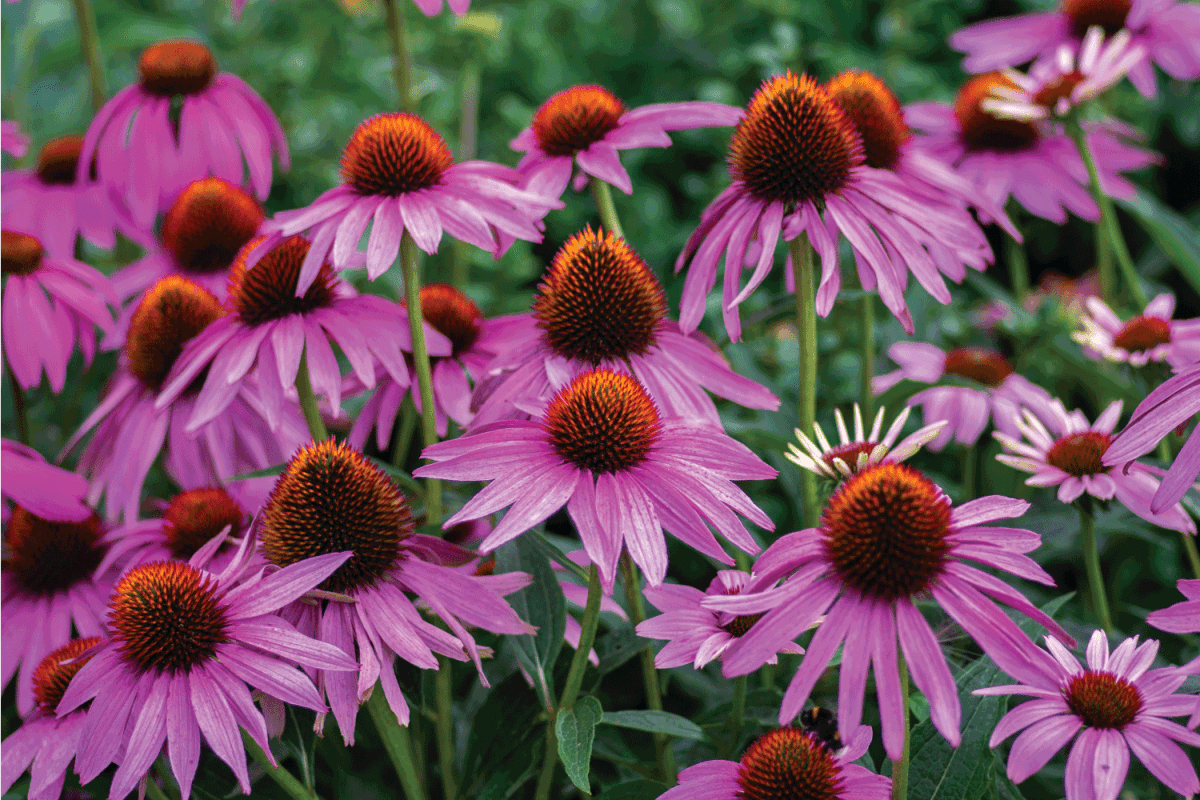
Purple Coneflowers thrive under USDA zones 3 to 8.
11. Primrose
Primroses are ideal if you’re planning to plant flowerbeds near your house’s foundation. These perennials require a lot of water, so they are ideal if you have consistently moist soil because of environmental factors.
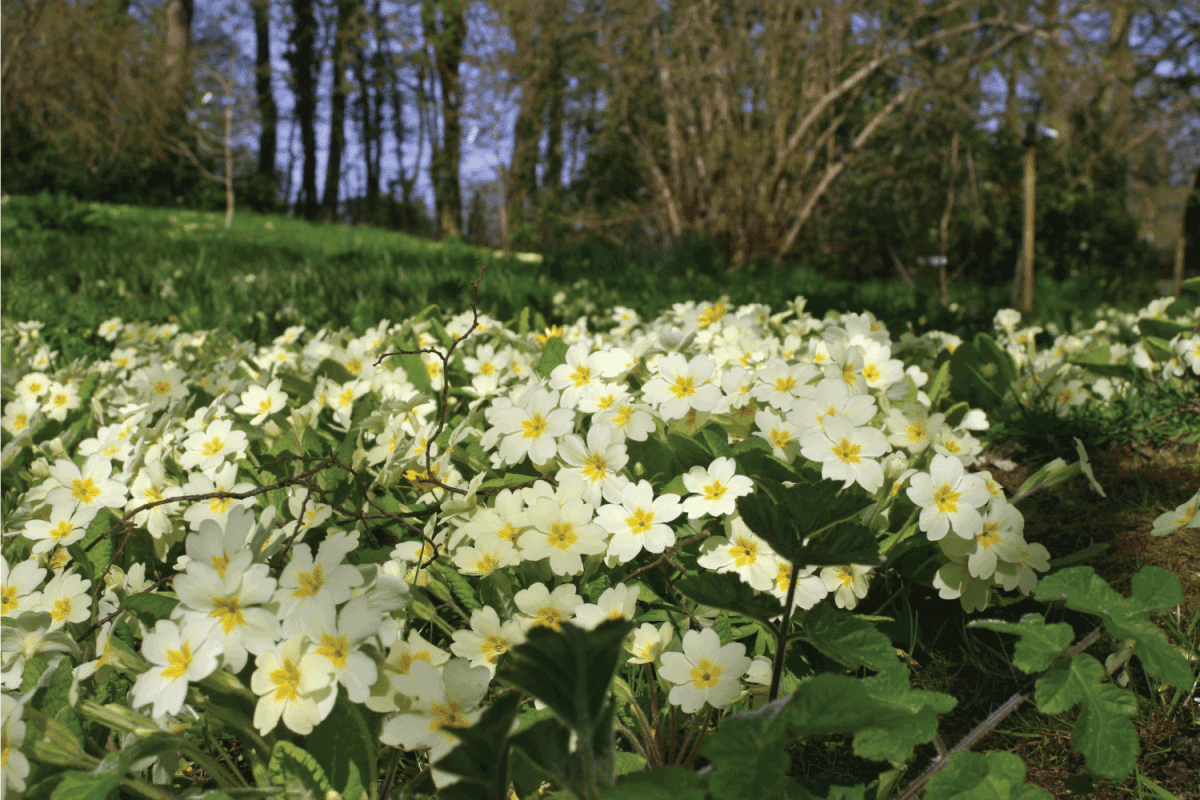
However, they still need to be planted in well-draining soil so they won’t rot.
Make sure you plant them in USDA zones 3 through 8 for best resutls.
12. Creeping Jenny
If you want ground covers near your foundation, the creeping jenny is a good option. These tolerate damp soil, but make sure to properly manage them so they don’t uncontrollably invade your landscape.
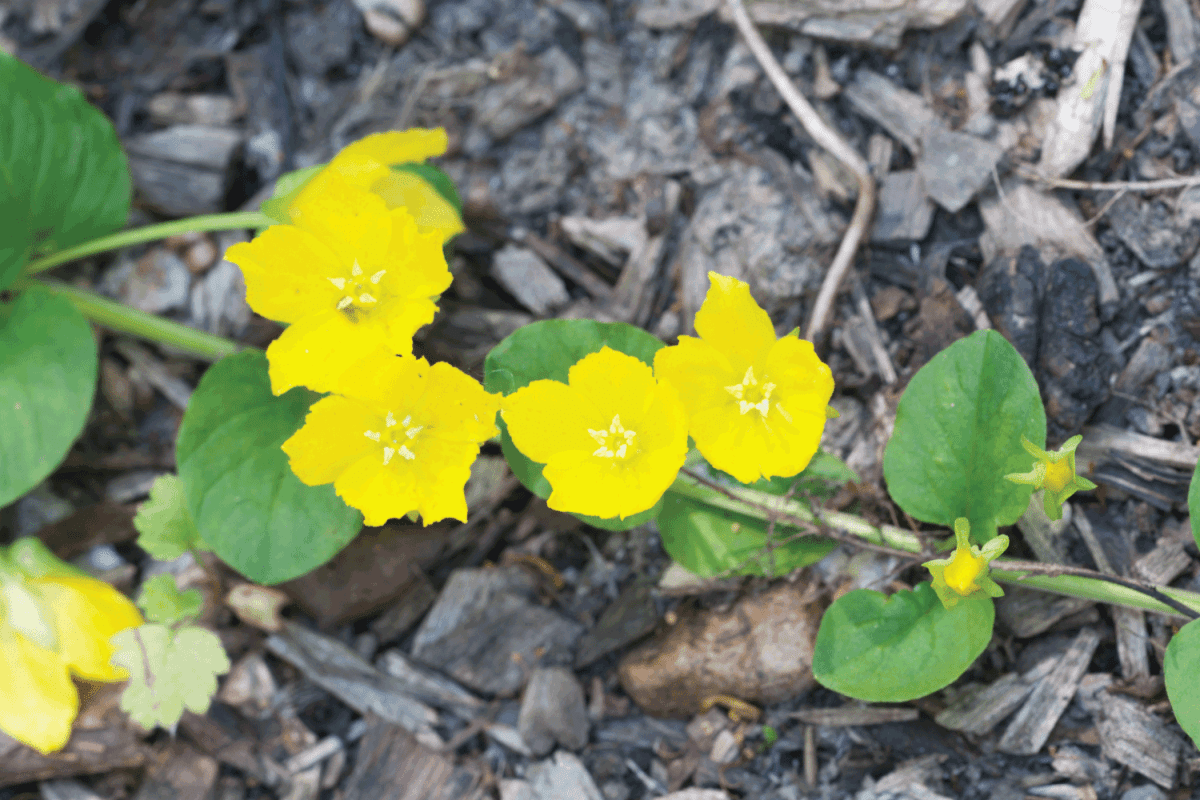
These perennials grow in USDA zones 4 to 9.
13. Elephant’s Ear
The elephant’s ear is one of the most visually appealing perennials you can incorporate into your foundation.
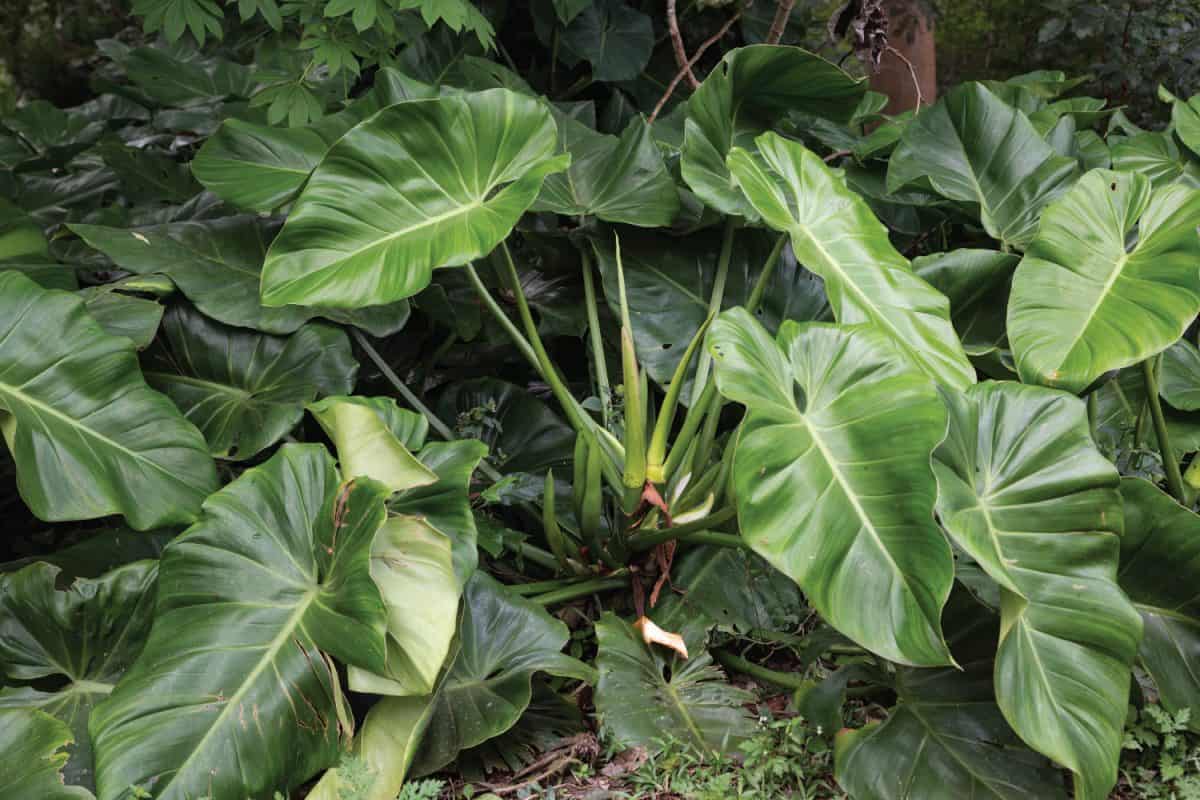
They have large leaves that can add character to your landscape, and they can act as lovely backdrops to other flowering plants and shrubs.
14. Bee Balm
Bee balms are frequently seen in woodlands, but you can also incorporate these perennials in your foundation landscape.
They attract pollinating insects like honeybees, butterflies, and hummingbirds which can make your garden thrive. They also absorb water well, preventing soil erosion.
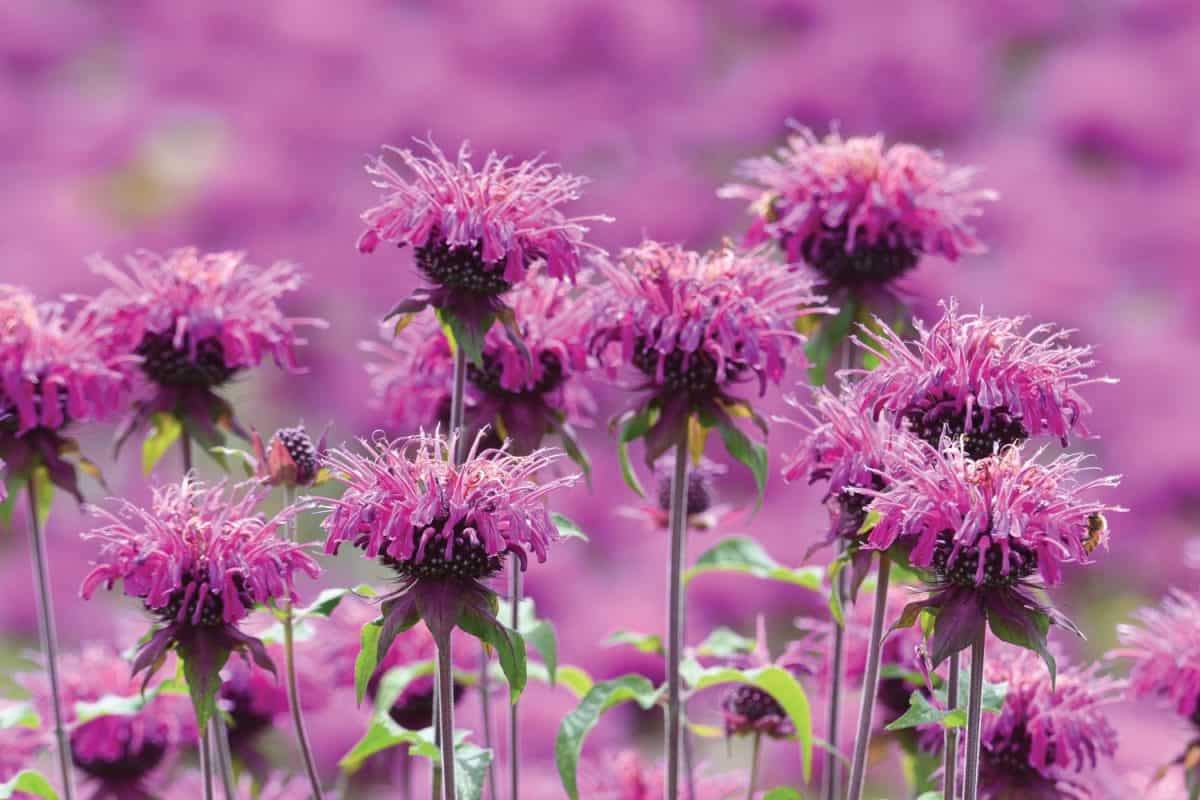
These perennials have attractive shapes and colors, elevating your landscape and making your home look more welcoming.
Make sure you plant them in a place with access to sunlight. These perennials are hardy in USDA zones 4 through 9.
15. Summersweet
The summersweet plant is an attractive shrub that can produce vibrant flowers which bloom under various light conditions. The white and pink blooms can soften your landscape and make it look welcoming.
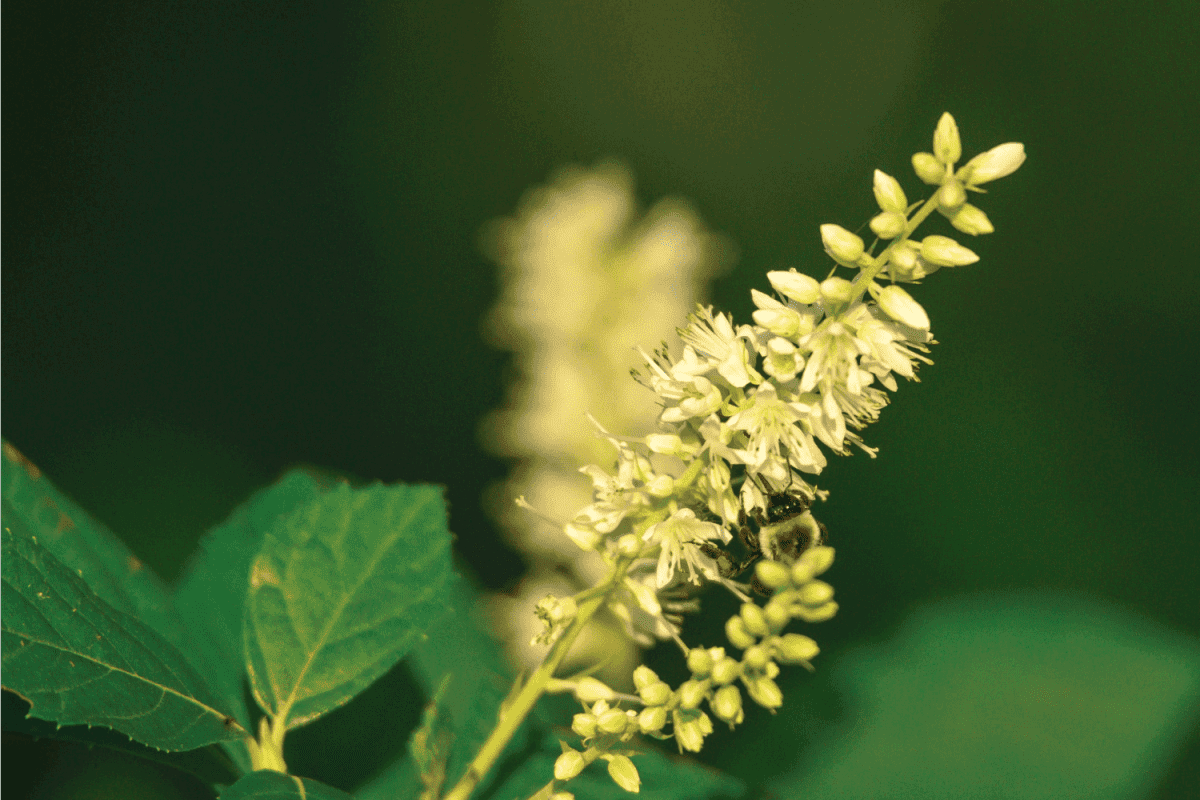
They spread up to 6 feet, so they are ideal as ground covers as well. These perennials are hardy in USDA zones 3 to 9.
Final Thoughts
Perennials are a staple in every landscape since they grow long-term and consistently make your landscape lusher. Make sure to choose plants that are compatible with your environmental conditions so they can develop well.
For other great gardening tips to hide your home's exterior, check out our related posts:


![Big custom made luxury house with nicely trimmed and landscaped front yard, South Facing Front Yard Landscaping Ideas [17 Ideas To Increase Your Curb Appeal]](https://landscapingbase.com/wp-content/uploads/2022/09/BIGCUS1-600x400.jpg)
